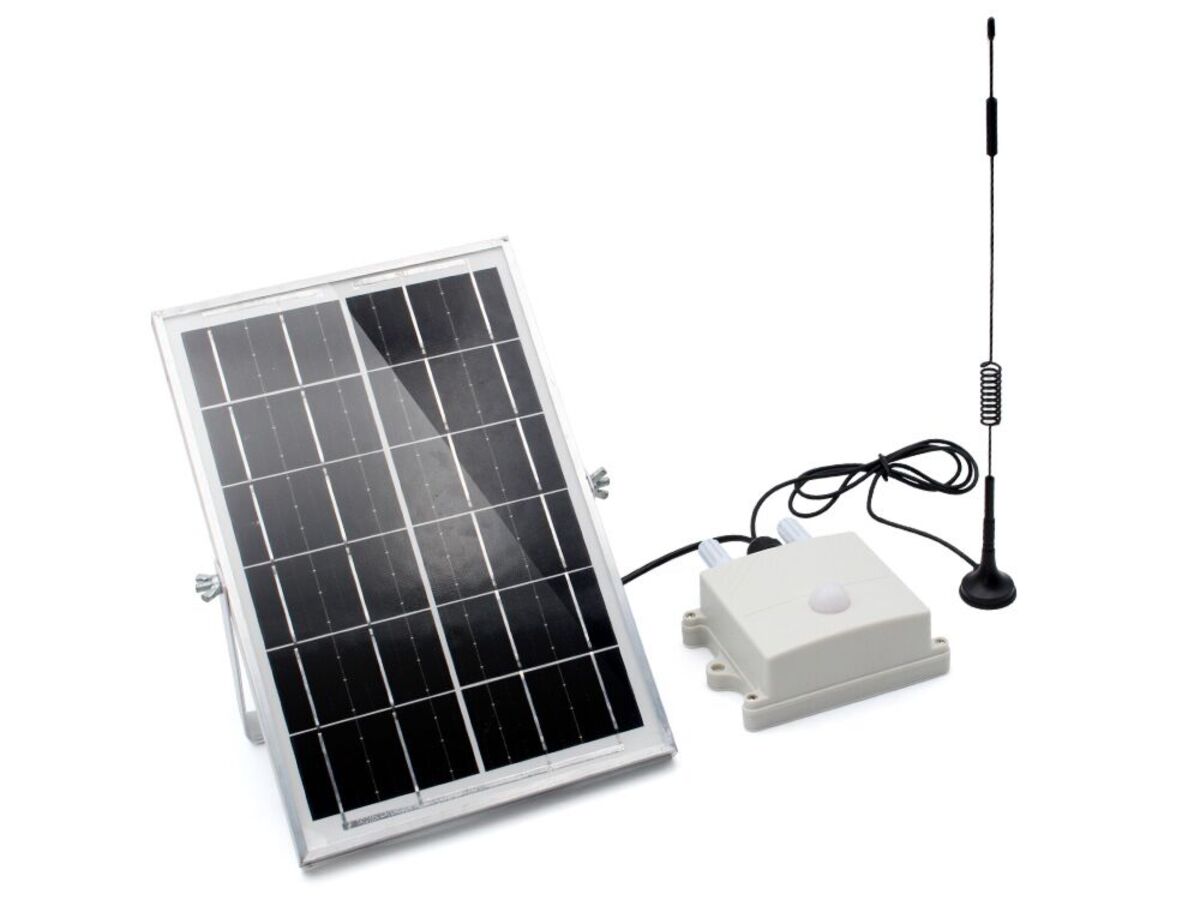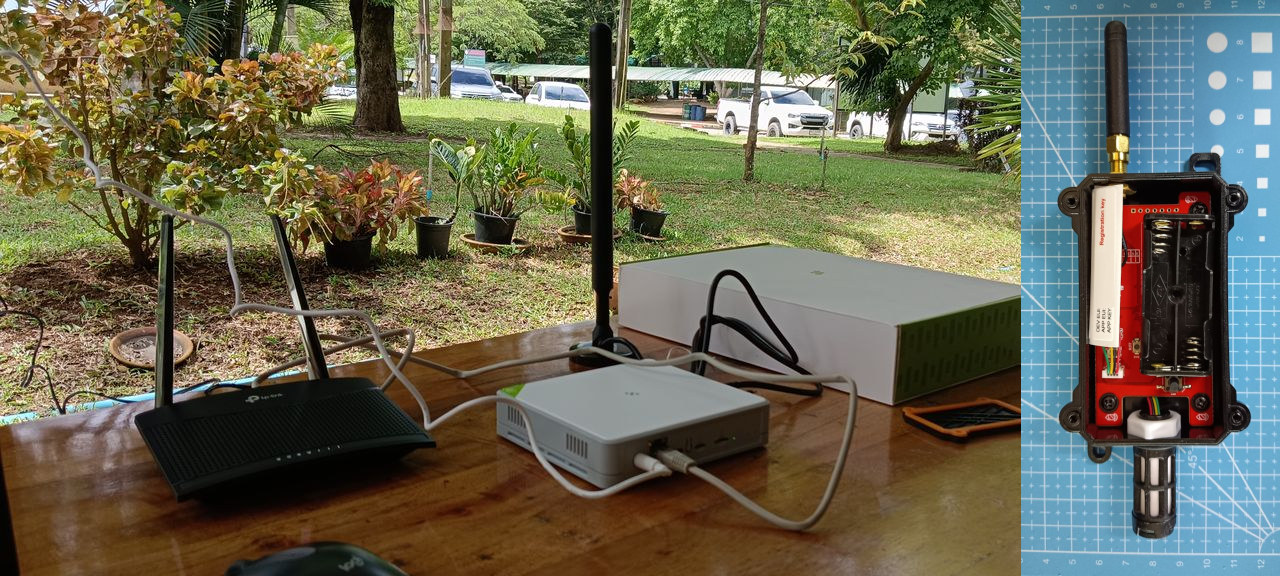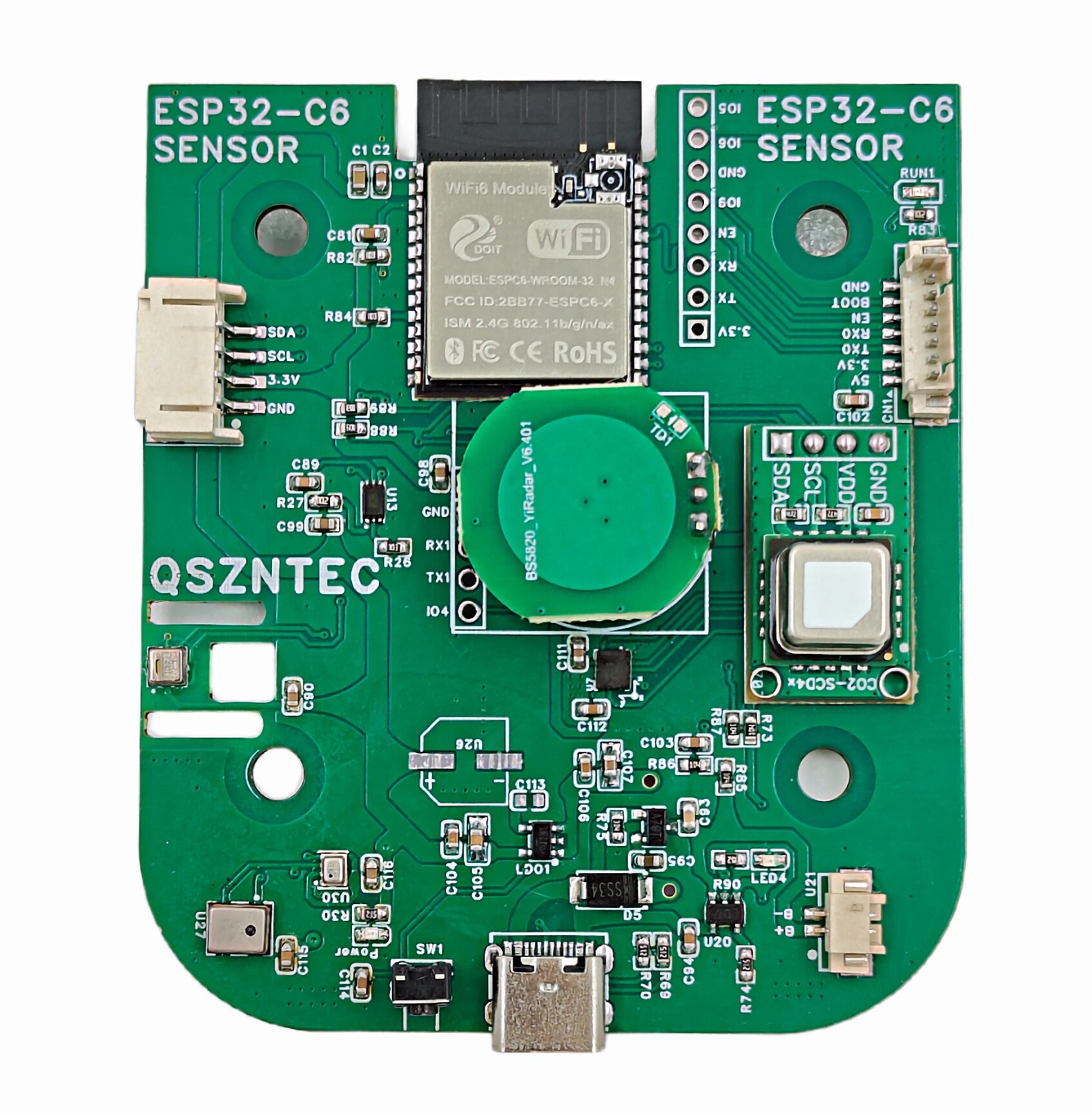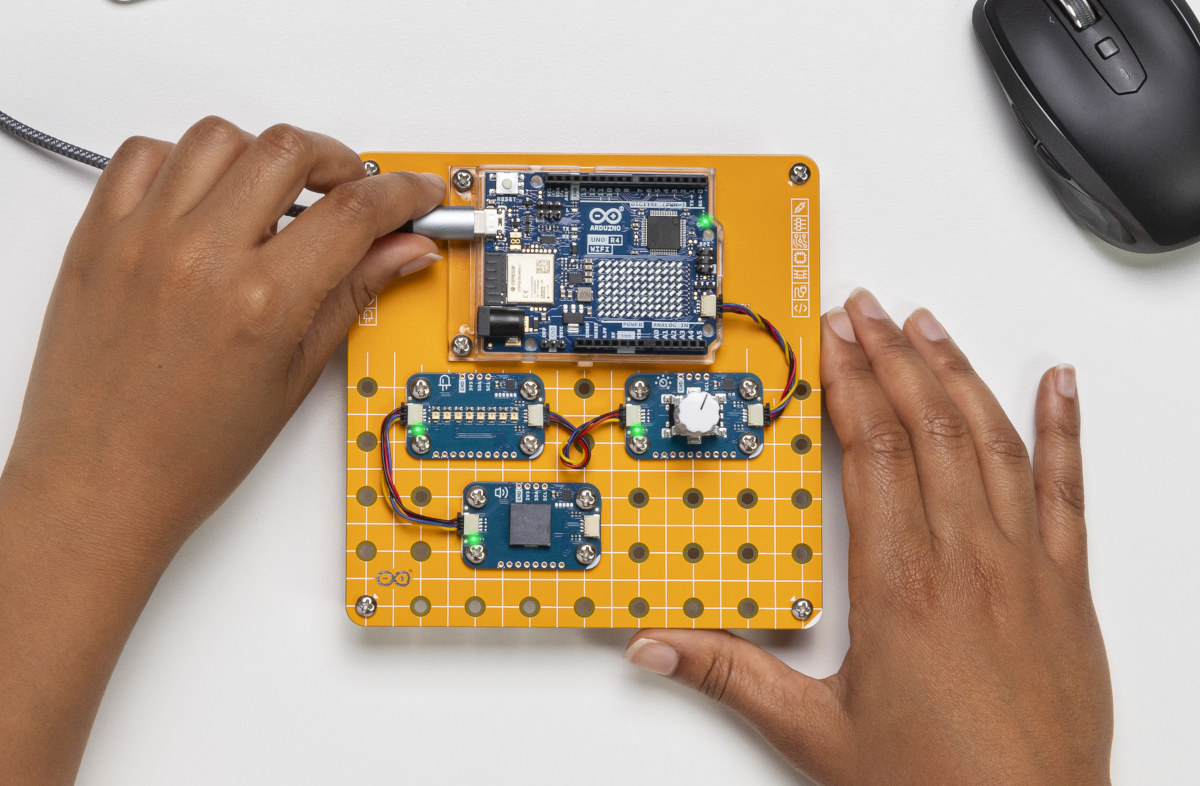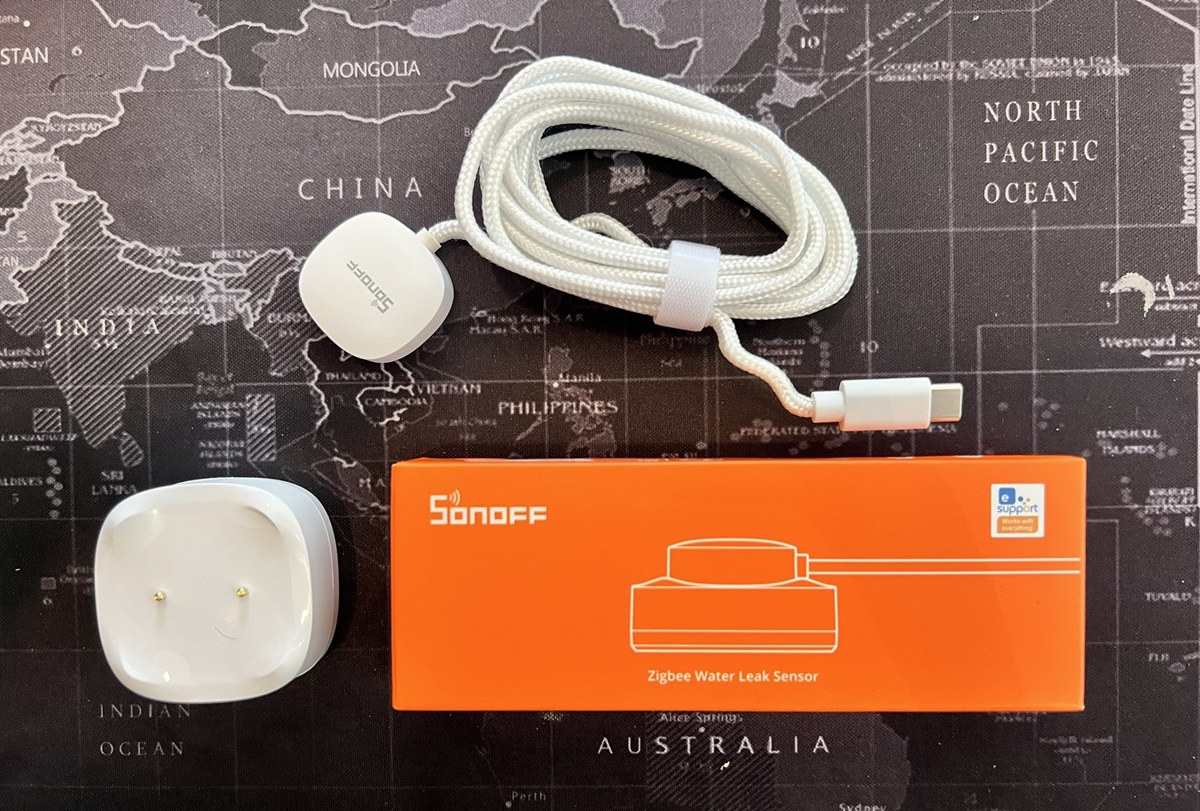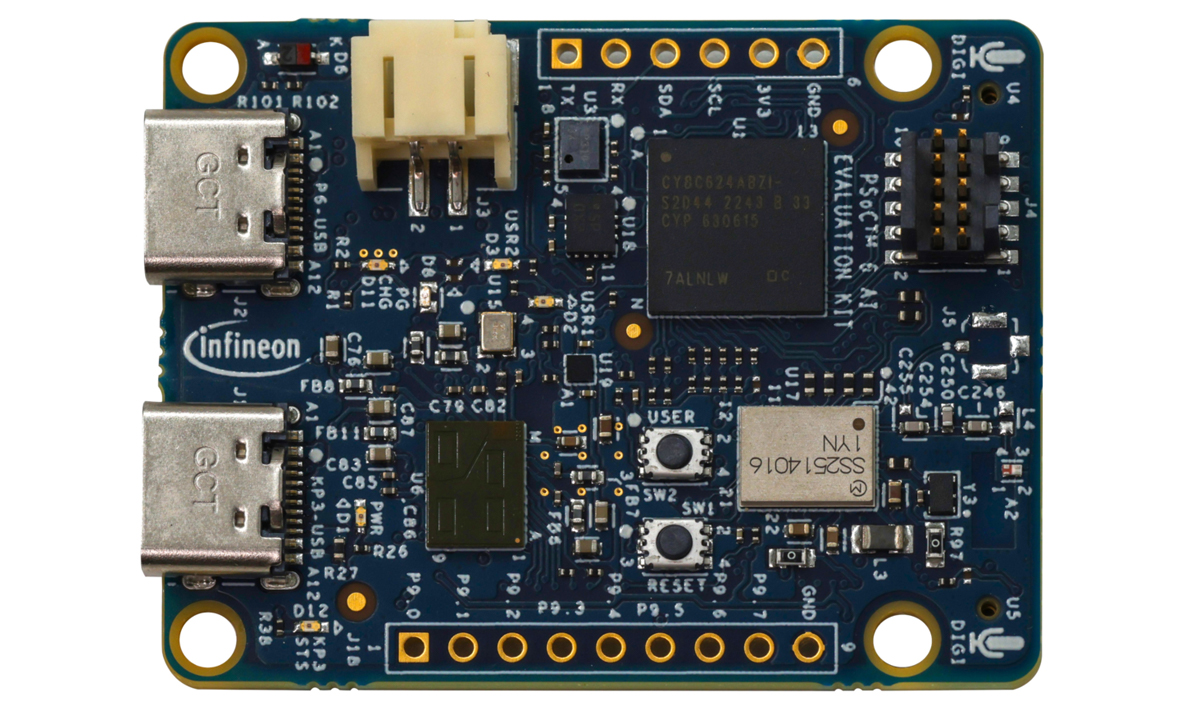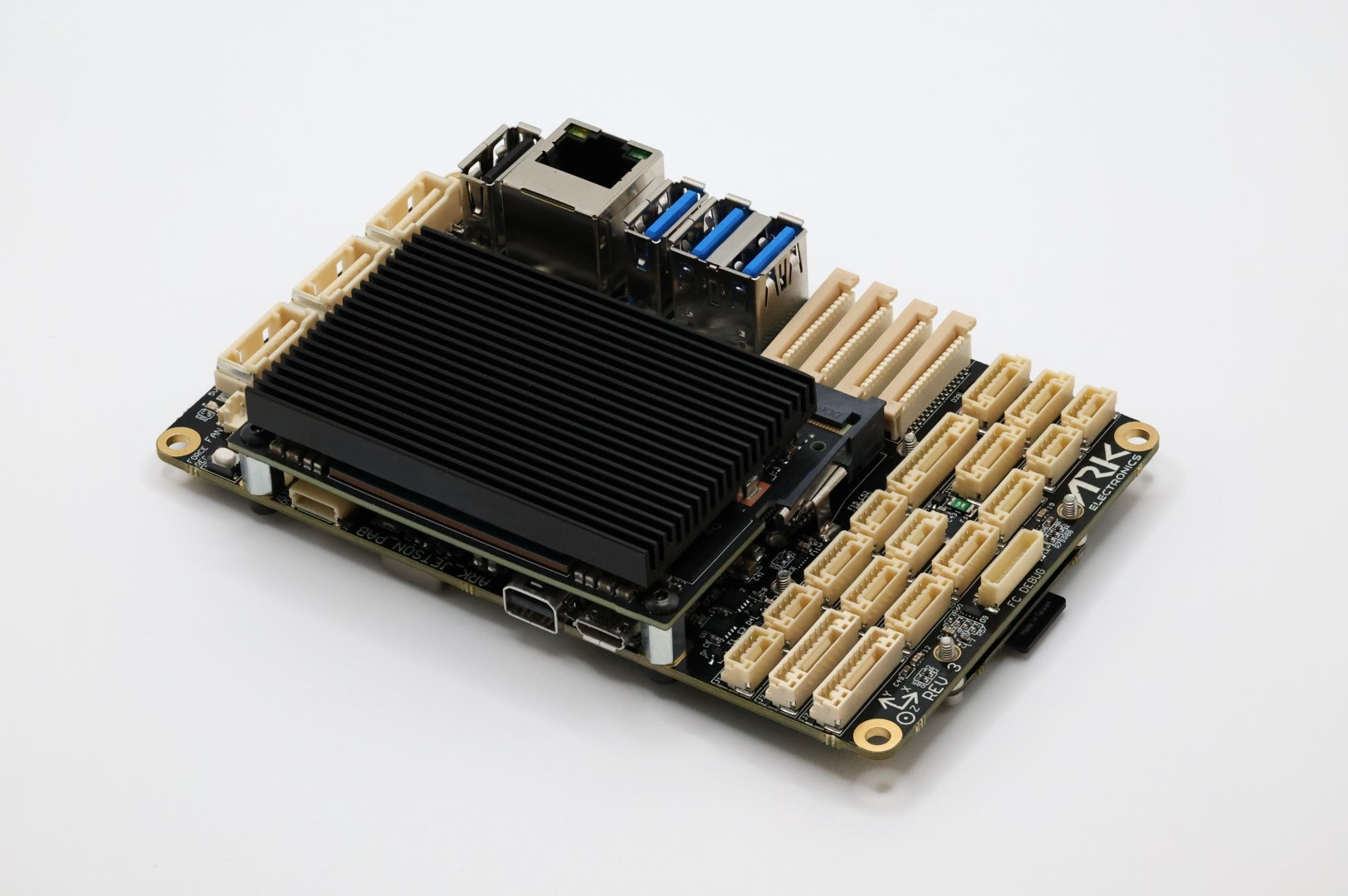The NBIOT/LTE-M Air Monitor is a solar-powered device that utilizes a combination of ESP32-S3 and SIM7080G modules for remote environmental monitoring. It monitors and transmits environmental parameters such as temperature, humidity, CO2, TVOC, and light intensity using low-power wide-area network (LPWAN) technology ensuring efficient power consumption, durability, and reliable data transmission. Previously we have written about similar environment monitor devices like the Airlytix ES1, Sonoff SC WiFi, V-Air Monitro, and devices like Arduino MKR IoT Carrier Rev2, Radair mini gateway, and Nicla Sense ME designed for environment monitoring applications. Feel free to check those out if you are interested in this type of product. NBIOT/LTE-M Air Monitor specification Wireless Module – ESP32-S3-WROOM-1-N16R8 Espressif Systems ESP32-S3R8 – Dual-core Tensilica LX7 @ up to 240 MHz with vector instructions for AI acceleration, 512KB RAM, 8MB PSRAM Storage – 16 MB flash Wireless – 2.4 GHz WiFi 4 and Bluetooth PCB antenna Cellular connectivity Module – SIMCom SIM7080G LTE Cat […]
Tuya Ivy smart flower pot monitors your plant’s inner feelings
No need to check the calendar, it’s not the first of April, and Tuya Ivy is indeed a smart WiFi-connected flower pot with a display that will report your plant’s thirst for water, need for more light, and even loneliness… Developed by PlantsIO, the Ivy smart flower pot is powered by an ESP32 wireless microcontroller connected to seven sensors including lighting and moisture sensors, and a display to show various faces. There’s also a USB-C port for power, a microSD card slot for data storage, some buttons, and a touch bar for user interaction. Tuya Ivy specifications: Wireless module – ESP32-WROVER-E SoC – ESP32 dual-core LX6 processor running at 240 MHz with 520KiB internal RAM Memory – 64 Mbit PSRAM (ESP PSRAM64H) Storage – 64Mbit SPI flash (XMC 25QH64CH10) Wireless – 2.4 GHz WiFi and Bluetooth 5.x (Only WiFi appears to be use) Storage – microSD card Display – Tri-color […]
Review of AgroSense LoRaWAN Smart Agriculture sensors with the SenseCAP M2 LoRaWAN gateway
Today, I will be reviewing the AgroSense LoRaWAN sensors from Makerfabs designed for high-precision agriculture. This time, I received four sets of sensors designed for measuring environmental data and a Seeed Studio SenseCAP M2 LoRaWAN gateway. Below is the list of items I received. AgroSense LoRaWAN Barometric Pressure Sensor – Measures the barometric pressure in a 300 to 1100 hPa range with ±0.12 hPa accuracy and 0.01 hPa resolution. AgroSense LoRaWAN Light Intensity Sensor – Measures the light intensity in a 1 to 65535 lx range with ±1 lx accuracy and ±20% resolution. AgroSense LoRaWAN Temperature & Humidity Sensor – Measures temperature and humidity in the atmosphere in the ranges of -40°C to 85°C and 0 to 100 %RH with accuracy of ±0.2°C and ±0.2% RH respectively. AgroSense LoRaWAN Industrial Temperature Sensor – Measures temperature in the industrial high-temperature environments in the -60°C to 200°C range with ±0.1°C accuracy and […]
Qsen-07 multi-sensor wireless board can detect CO2, VOC, temperature, humidity, ambient light, and attitude
The Qsen-07 multi-sensor board is an ESP32 wireless development board that combines several useful sensors into one device, making it easier to control, monitor, and enhance your home environment. It is a recent product from Maker Go, a China-based hardware company, which claims the board is “fully integrated with ESPHome and Home Assistant“. But as noted in a reader’s comment below, ESPHome on ESP32-C6 is still a work in progress, and the YAML configuration file for the board has yet to be provided by the company. The Qsen-07 multi-sensor board is “designed for health-conscious and tech-savvy homeowners” and can monitor air quality and other environmental variables to ensure a safe and smart living space. It features up to seven sensors, including two air quality sensors, a temperature and humidity sensor, an ambient light sensor, a barometric pressure sensor, an attitude gyro sensor, and an optional radar sensor. The Aosong AGS10 […]
Beginner friendly Arduino Plug and Make Kit features Arduino UNO R4 WiFi and Modulino I2C modules
Arduino has just launched a “Plug and Make” kit designed for beginners with an Arduino UNO R4 WiFi board, several “Modulino” modules, a “Modulino” base to neatly attach the UNO R4 and modules, and various cables, spacers, screws, and nuts. When thinking about Arduino projects, breadboards or even soldering may come to mind, but the new Arduino Plug and Make Kit does not require any of those. No breadboard, jumper wires, or soldering needed. Users can simply connect the modules to the Arduino board through Qwiic cables, neatly attach everything together on the provided base, and follow one of the seven projects complete with step-by-step instructions provided with the kit. The Arduino Plug and Make Kit content Arduino UNO R4 WiFi board 7x Modulino I2C nodes Modulino Knob* – Encoder for value adjustments Modulino Pixels* – 8x LC8822-2020 RGB LEDs Modulino Distance – STMicro VL53L4 Time-of-Flight (ToF) proximity sensor to […]
SONOFF SNZB-05P review – A Zigbee water leak sensor tested with eWelink and Home Assistant
Today, we will review another new sensor from SONOFF, the SNZN-05P Zigbee water leak sensor. This is SONOFF’s first-ever water leak detection sensor. In the past, we have reviewed other Zigbee sensors that were upgraded from previous models. SONOFF enthusiasts will likely be pleased because a water leak detection sensor is something that should have been part of the SONOFF ecosystem for a long time. That is a bit late in the game, but it has a unique feature: an Extended Detection Cable that can detect water leaks. Let’s take a look! SONOFF SNZB-05P Water Leak Sensor Unboxing Inside the box, you’ll find the sensor, an Extended Detection Cable (2m), cable clips, and a small manual. The SNZB-05P is water-resistant with an IP67 rating (submersible up to 1 meter for 30 minutes). It uses a CR2477 battery, similar to other SONOFF Zigbee sensors, which should last several years. Both terminals […]
Infineon CY8CKIT-062S2-AI PSoC 6 Edge AI evaluation kit features multiple sensors, Arduino headers, Pmod connectors
Infineon CY8CKIT-062S2-AI evaluation kit is a hardware platform built around the PSoC 6 family of MCUs and designed to help developers easily create and test edge AI applications. The dev board features an array of sensors including radar, microphone, magnetometer, IMU, and an air pressure sensor, which make it easy for data collection applications. The board also features Wi-Fi and Bluetooth connectivity and includes an additional expansion header that can be used to connect other modules and sensors. All of these features make this board useful for building a wide range of AI-powered applications, including smart home automation, industrial monitoring, wearables, healthcare devices, and robotics. Previously we have written about similar low-power edge AI modules such as the Digi ConnectCore MP25, the Axiomtek AIE110-XNX, and the Arducam KingKong feel free to check those out if you are interested in such low-power modules. Infineon CY8CKIT-062S2-AI Evaluation Kit specifications: MCU – Infineon […]
NDAA-compliant NVIDIA Jetson Orin NX and Nano bundles target drones
ARK Electronics has recently introduced NDAA-complaint NVIDIA Jetson Orin NX and Nano bundles designed for drones with the company’s Jetson PAB (Pixhawk Autopilot Bus) carrier board, an ARKV6X flight controller, and an SSD preloaded with NVIDIA Jetpack and the ARK UI. I’ve come across the board following a post on X pointing to an article on Tom’s Hardware about the US passing a bill called “Countering CCP Drones Act” that would effectively ban DJI drones in the US. DJI is supposed to have a 90% market share of the U.S. hobby market, a 70% market share of the industrial market, and an over 80% market share of the first responder market, so not everybody will be happy if the bill passes in the senate and becomes enacted by the US president. But US companies making NDAA-compliant hardware and drones may bit mind, and that’s how I discovered ARK Electronics NVIDIA […]


